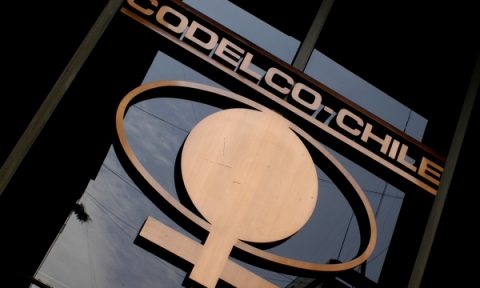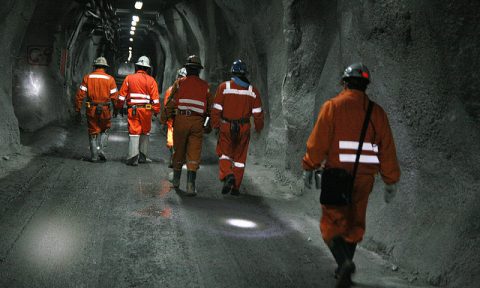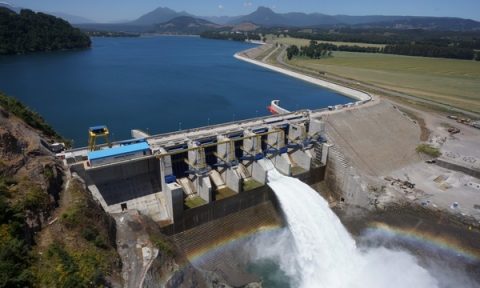Collahuasi improvements would increase chances of reviving its Phase III
The company increased its production by 25% in the first half, managed to repair a key mill for its operation and closed its collective bargaining with workers
It seems that gradually Collahuasi is forgetting about his difficult 2012 year, when the company reduced by 38% its copper production.
The third largest mining of the country controlled equally by Anglo American and Xstrata-Glencore has improved accident indicators and increased production.
Between January-June, the company posted a 25% increase in its extraction and processing of copper and in June reached 110.5% increase over the same month of 2012.
The improvement comes from the hand of the SAG 3 mill repair facility responsible for 60% of production at Collahuasi.
“At this early stage, our efforts have been aimed at improving safety and productivity levels, in order to reach the standard required to ensure sustainable growth in the medium and long term, according to the features of our site, which is among the three largest copper reserves in the world, “said Jorge Gomez, CEO of the mining company in launching of his sustainability report.
All these improvements would allow it to reactivate his most ambitious project: Phase III of Collahuasi.
The initiative includes an investment of around U.S. $ 6,100 million and aims to reach the reservoir producing about one million tons.
The project was halted in 2012 due to the sharp drop in production. Given this scenario, one of the conditions that put the directory to resume production was back on track, close to 500 thousand tons.
Improvements were well evaluated by Glencore Xstrata and Anglo American.
However, the company argue that there are still many things to improve on operational and safety. That is why, it is still premature to consider the resumption of the project for the second semester, explain some sources.
For now, the company has already launched a tender for 300 MW power to replace their supply contracts of its current operation. This package initially contemplated a total of 900 MW, of which a portion MW would be used to supply the future operation of Phase III.
Besides mining company closed in advance the collective bargaining with their workers. This last point is not less, if we take into account the history of conflicts that had the mining between 2010 and 2011, which resulted in strikes and production stoppages.
Source: El Mercurio












